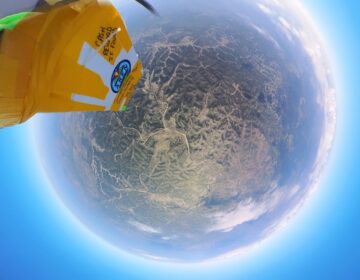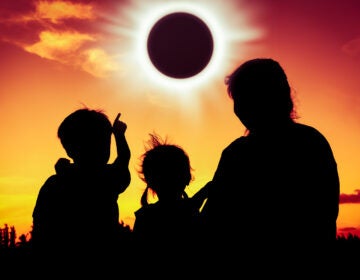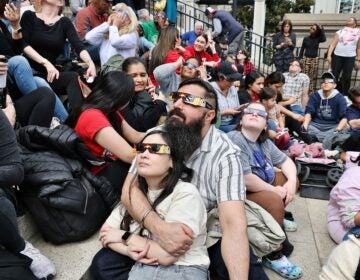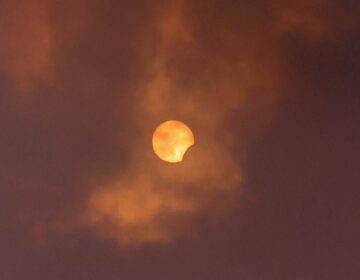University of Delaware students will be part of a NASA experiment during the total solar eclipse
The team will send weather balloons tens of thousands of meters into the atmosphere for experiments on gravity waves and the building blocks of the universe.
Listen 3:34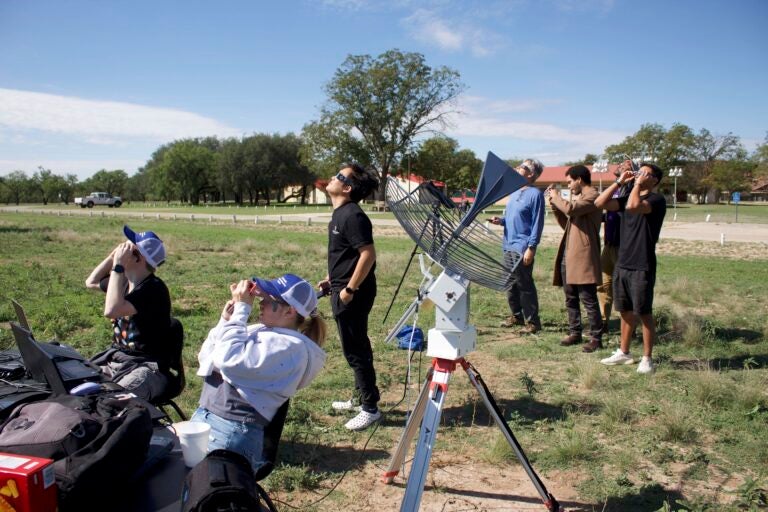
The University of Delaware team ran solar eclipse tests in Texas last October. (Beatrix Nowak)
What you need to know
- A total solar eclipse will streak across the U.S. on April 8. Here’s what you need to know
- During the eclipse, Drexel researchers will be sending a balloon into the stratosphere to measure ozone, and University of Delaware students will be part of a NASA experiment
- Check to see if you’re in the path of totality, or join “Morning Edition” host Jennifer Lynn for WHYY’s Solar Viewing event!
- Here’s where you can watch the eclipse in Philly, here’s what’s going on in Chester County and here’s how you can watch online
- But be prepared: Watching a solar eclipse without the right filters can cause eye damage. Here’s why
- And if clouds or rain are in your forecast, here’s how to still enjoy the eclipse
In 2017, Edmund Nowak, a physics professor at the University of Delaware, drove to South Carolina to see the total solar eclipse. He had a great experience with thousands of other people all camped out for the minutes when the moon completely covered the sun.
“The whole crowd is going ‘ooh’ … and then suddenly it becomes really quiet as everybody just lets that eclipse moment, that totality moment … soak in.”
Aside from the spectacle of the eclipse itself, he was also struck by a team of students working frantically to inflate and launch weather balloons with scientific instruments.
“It’s like the Super Bowl, right? There’s lots of preparation and then the day of the event is there and you got to have that team in place and everybody working together. So I thought, ‘Wow, this would be great to bring back to to our campus.'”
And that’s what he did — he formed a team at the University of Delaware ahead of this year’s total solar eclipse. They got a grant to join a nationwide eclipse ballooning project supported by NASA. On the day of the eclipse on April 8, the team will be in Junction, Texas, which is along the path of totality.
It was not hard to find interested students to join the expedition, like Jarrod Bieber, a sophomore studying physics and astrophysics.
“I would have probably joined any project that gave me the opportunity to actually travel to the line of totality … for this April eclipse,” Bieber said.
The research team will launch balloons with instruments to study gravity waves in the atmosphere, which affect the weather but have been difficult for weather forecasters to pin down. They will also measure the levels of muons, tiny particles that come from cosmic rays and are part of the building blocks of the universe.
Unlike some of the other research teams, the group at the University of Delaware built their own instruments to detect muons, which was a new experience for students like Millie Dill, a junior studying physics and astrophysics.
“Having built a detector that is actually … detecting these muons, these particles that I’m learning about in class, it’s amazing,” she said. “It’s nice to see that it’s practical: You can see it; you can measure it.”
Last October, they did a test run at the site in Junction Texas where they plan to be during the total solar eclipse. They took advantage of an annular eclipse, where the moon covered part but not all of the sun, to streamline their procedures and make sure their equipment worked.
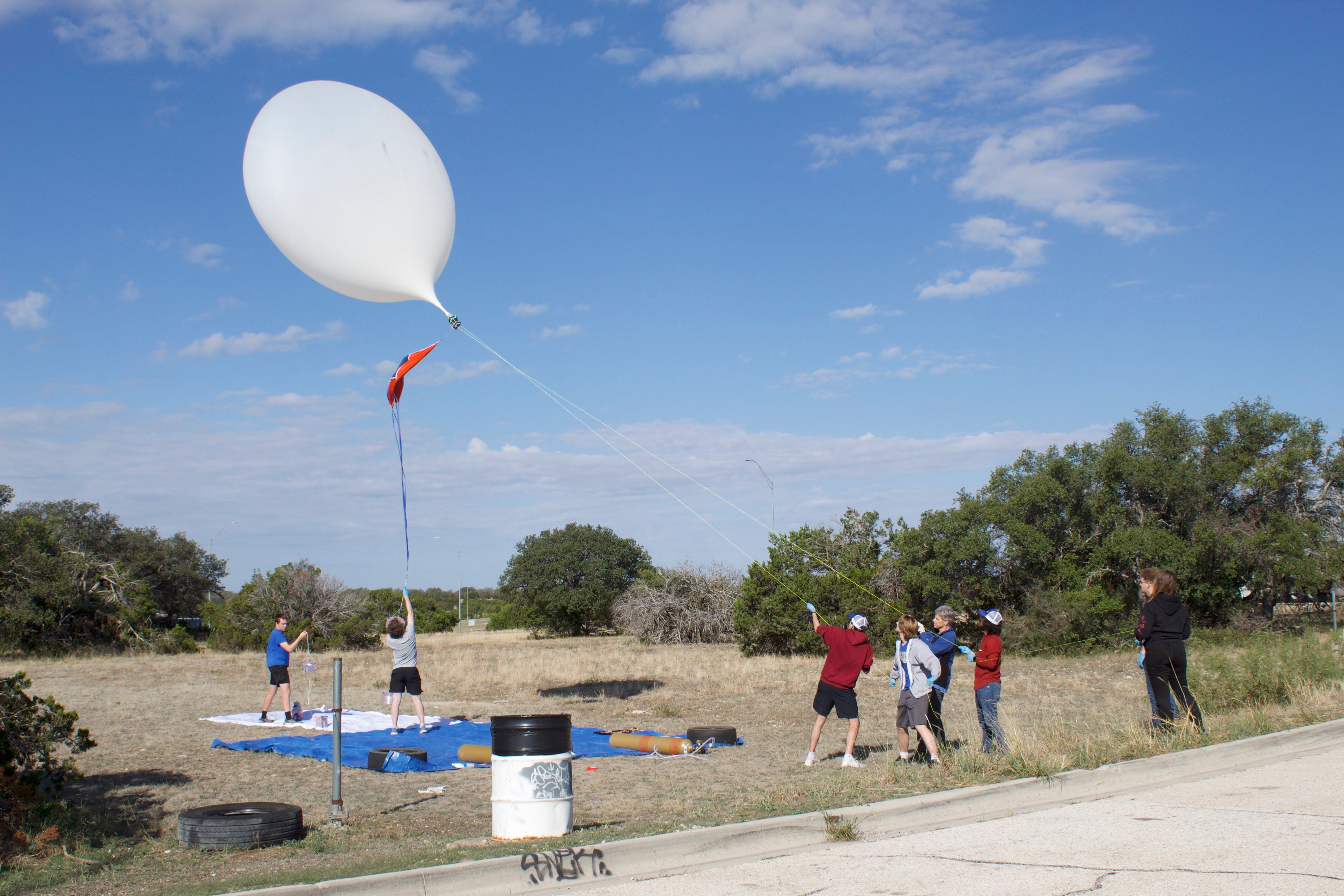
Dill said it was rare to get to see the night sky with almost no light pollution, but it was also a stressful environment to be in.
“At the last minute, you got to make sure everything works and you have to continuously test,” she said. “Probably the most stressful environment to be in: getting things to work, or to see if they don’t work.”
Nowak, the physics professor, said they ran into a few problems.
“The one thing we didn’t anticipate was just how windy it could be,” he said. “When you have a balloon that’s on the order of, I don’t know, eight feet in diameter, it’s a big sail.”
A group of students struggled to hold the balloon in place so it would not fly away. They also had some problems with the radio system on their balloons, so they could not live stream data to their computers as they had hoped.
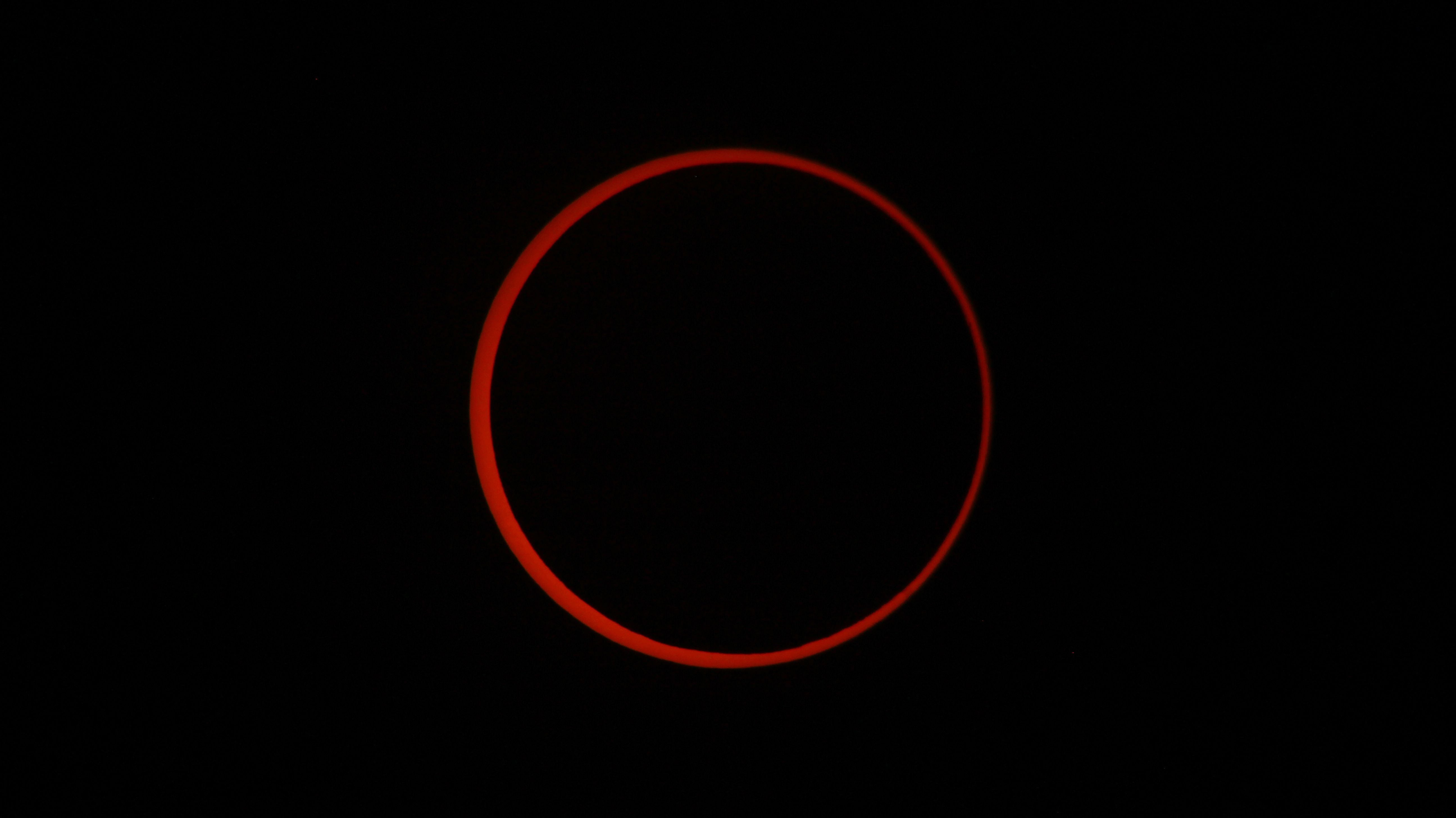
But they worked through the issues and overall, the launch in Texas was a success. They are running some final tests to prepare and ship all their equipment by the first week of April.
Jarrod Bieber said now that his team has tested all the equipment they are responsible for, he is just waiting for the big day.
“I’m ready for this eclipse. This is basically going to be like a vacation for me.”
He said he’s been encouraging everyone to go to the path of totality if possible, because the next total solar eclipse to be visible from the U.S. will be in 2044.
“It’s kind of like … if you’re flying an airplane, if you’re seeing only … a part of an eclipse, like … 99% of the total solar eclipse, that’s like experiencing 99% of a takeoff.”

Get daily updates from WHYY News!
WHYY is your source for fact-based, in-depth journalism and information. As a nonprofit organization, we rely on financial support from readers like you. Please give today.



